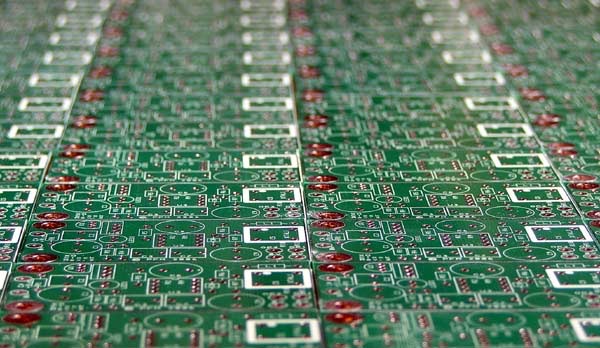martin clark
pinko bodger
That's true, the 1541 needs a bitclock of 1/2 MCLCK, 5.14Mhz in other words. D-flipflop is the way to do it.
Sparts155 alludes to a very good point though - some CD implementations have key inversions or delays in the timing distribution to suit the requirements of chipsets or maybe even to deal with clock skew from driving lines across the board. I'm pretty sure the Naim implementation is 'one size fits all' across the models using a 74HC04 though - and for these the output lines are all in phase, and short.
Sparts155 alludes to a very good point though - some CD implementations have key inversions or delays in the timing distribution to suit the requirements of chipsets or maybe even to deal with clock skew from driving lines across the board. I'm pretty sure the Naim implementation is 'one size fits all' across the models using a 74HC04 though - and for these the output lines are all in phase, and short.


